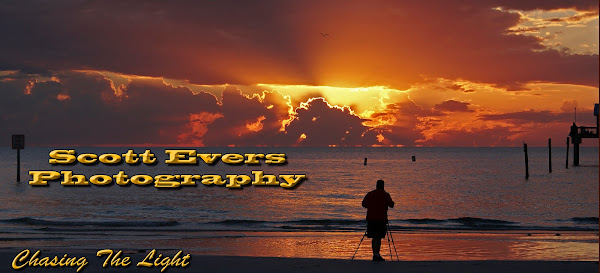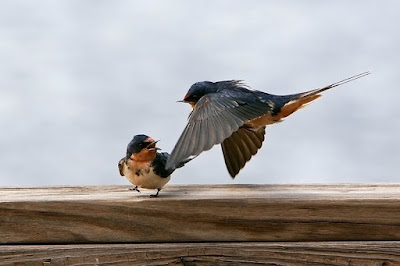The Black Hills area of South Dakota offers an amazing amount of things to see and do. Enough diverse attractions keep anyone happy no matter what your interests are. With the limited schedule we were on, I had planned several days worth of sightseeing and photography in one long day. June 13th started pretty early. Most of the attractions we wanted to see where in the Rapid City area about 40 miles south. There are a number of wonderful ad reasonably priced hotels in that area, but I stayed in Deadwood for the atmosphere and ambiance of the town. I had planned a route that would circle us back to Deadwood through Sturgis. The early first stop of the day was Custer State Park.
At 71,000 aces, Custer State Park is the second largest state park in America. There are extensive hiking trails and other numerous outdoor activities available at the park. The park has excellent lodges and campground facilities. With a limited amount of time, we concentrated on the 18 mile wildlife loop through the park. For the nature and wildlife photographer in me this offered the best chance to get the types of photos I was looking for. The park has about 1500 Bison roaming free, and they are a magnificent sight to observe. The park has a big herd of wild burros, but with the tourists feeding them constantly, they are sure friendly when you stop. One of my best wildlife photos from that drive was finding this Meadowlark sitting on a rock singing as loud as he possibly could. A Canon 400mm telephoto lens was perfect for filling the frame with him while not even leaving the drivers seat.
Driving through Custer State Park gives you a good sense of how this land looked a few hundred years ago before so many humans moved onto the landscape. Springtime is perfect to find the baby animals that have recently been born. The cutness factor is pretty high when you can get good photos of the babies. The adult mammals are shedding their winter coats and look pretty ragged at this time of the year though.
From there it was on to the Crazy Horse Memorial. This is an ongoing project for the past 55 years or so. It is the largest mountain carving project in the world. Entirely funded by private donations, it will dwarf Mount Rushmore in size and scale when it is completed. I wished I would have had the time to take the bus trip up the mountain for a closer look, but with a 400mm lens I could get some good close-up shots from the visitors center. The photo I took here replicates one I saw in the advertisements for this place. The statue outside is a replicas of what the finished sculpture will look like. I just lined them up and shot this with a wide angle lens to fit it all in the frame. Here is the link to the offical site: http://www.crazyhorsememorial.org/
The next destination of the day was Mount Rushmore. The Needles Highway, South Dakota Highway 87, between Sylvan Lake and Legion Lake is a superb scenic drive with its winding roads and granite tunnels. When it is crowded it is slow going with the bumper to bumper traffic, but worth it for the views. I could see storm clouds building now by the afternoon hours. When we arrived at Mt Rushmore it had clouded up and started raining. We ate lunch and waited it out and got some clearing skies within an hour or so. I did not take the guided hike up the mountain, so all my photos were from the visitors center area. I liked this one after I converted it to a B&W. I know most people are familiar with Mt. Rushmore, but if you have never been to see it, make a point of paying a visit. A great symbol of our country and it gave me goose bumps to stand and admire it.
As we left Mt. Rushmore I could see that the break in the weather was over and a big storm was building. We made a stop at Bear Country USA which is a drive-thru wildlife park. I was hoping to possibly get some good photos but the storm caught up to us as we entered the park. We drove through in the rain and tried to wait it out but it looked like it was going to be bad for quite some time. I did manage this shot of an Arctic Wolf as he sat on a grassy knoll in the rain. He was pretty scarred up from fighting with the other wolves.
 Deadwood South Dakota lies in a deep gulch high in the Black Hills One of the west's wildest gold rush towns has the distinction of being on the National Historic Register in it's entirety. I regrettably did not take many photos of my short stay in Deadwood. I was out enjoying the town and trying to cover my wife's losses at the slot machines by winning at Blackjack. (Luckily I did) The locals are a colorful bunch, and at night time it can get still get pretty wild in Deadwood.
Deadwood South Dakota lies in a deep gulch high in the Black Hills One of the west's wildest gold rush towns has the distinction of being on the National Historic Register in it's entirety. I regrettably did not take many photos of my short stay in Deadwood. I was out enjoying the town and trying to cover my wife's losses at the slot machines by winning at Blackjack. (Luckily I did) The locals are a colorful bunch, and at night time it can get still get pretty wild in Deadwood. 
















































